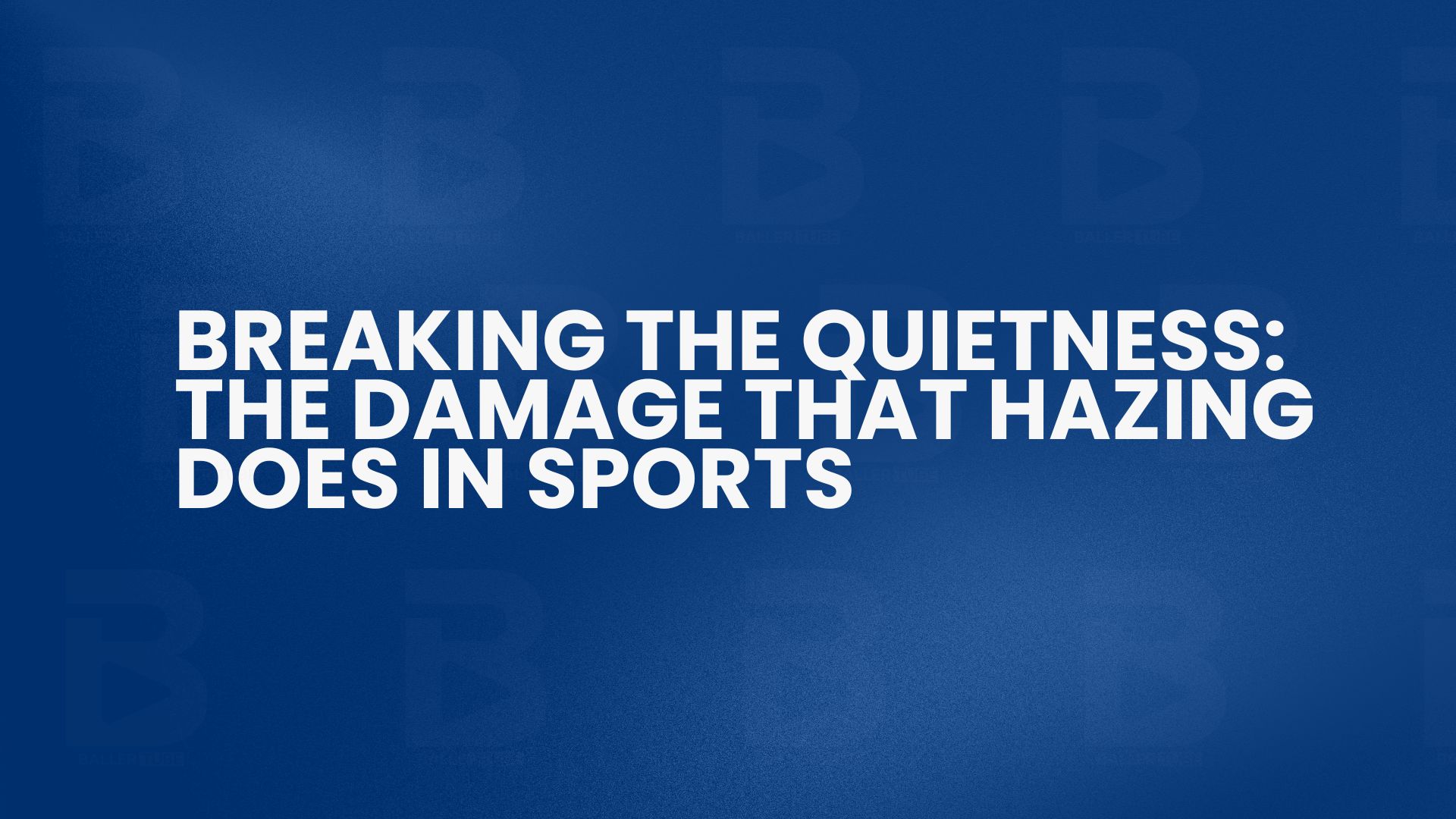Hazing remains an undercover however important problem in high school sports and extends into college athletics. While some people may claim that it promotes relationships and team bonding, the brutal painful reality often uncovers a much darker side. The physical, emotional, and mental toll on student-athletes can leave lasting battle scars and raise critical questions about this topic in sports culture.
Understanding Hazing
Hazing refers to initiation rituals intended for new team members. While some methods like singing a team song or completing some simple tasks are harmless, others cross moral boundaries. Some harmful examples of hazing include:
• Excessive physical labor.
• Forced alcohol drinking.
• Public humiliation.
• Acts leading to physical injury.
The Consequences for Student-Athletes
• Physical harm: Injuries and trauma.
• Mental health challenges: Raising the level of anxiety and depression that can lead to suicide.
• Decline in performance: Pressure from hazing can damage academic success and athletic focus.
In drastic cases, hazing has led to hospitalization, career-ending injuries, and even death.
Why Hazing Continues
• Tradition: Some teams view hazing as a cultural team practice.
• Power authority: Senior players may use hazing to declare superiority over new members.
• Fear of revenge: Victims and witnesses often stay silent out of fear of retaliation.
What Must Be Done To Prevent Hazing
•Teach the truth: Coaches, players, and administrators must be taught to identify and prevent hazing.
• Straightforward guidelines: Enforce zero-tolerance on hazing with consequences.
• Safety: Provide personal outlets for athletes to report hazing without fear.
• Positive team bonding: Promote team-building activities that highlight trust, respect, togetherness, and love.
Hazing damages the very values that sports are meant to support: such as teamwork, respect, and love. Dealing with this topic head-on is important to creating a safer, healthier environment for all athletes. Change starts with understanding, accountability, and a responsibility to protect the well-being of every team member. Sports programs must prioritize these efforts to provide a positive and safe culture.






 Athlete Exposure Starts at Home | Ballertube Parent Playbook
Athlete Exposure Starts at Home | Ballertube Parent Playbook

















